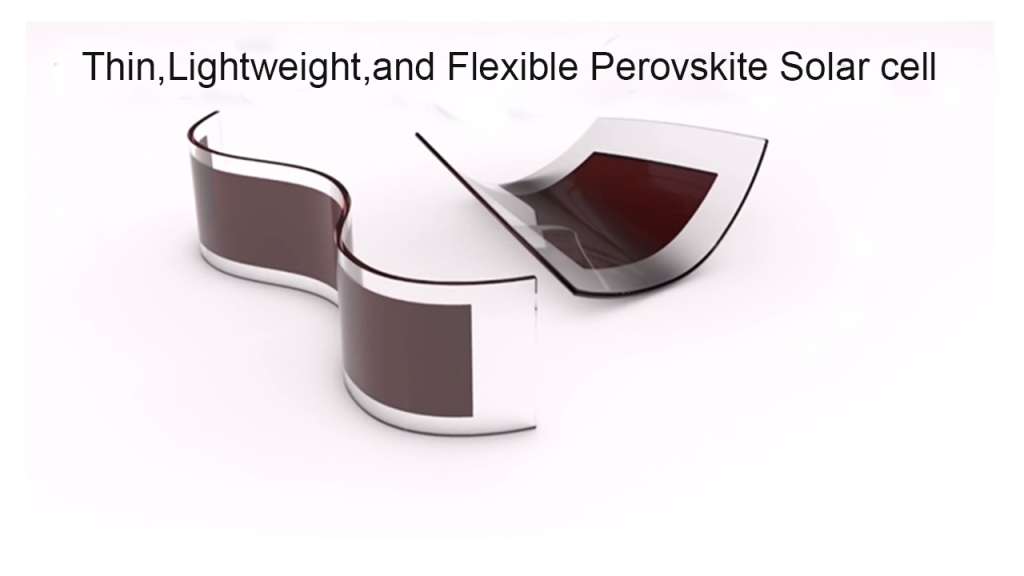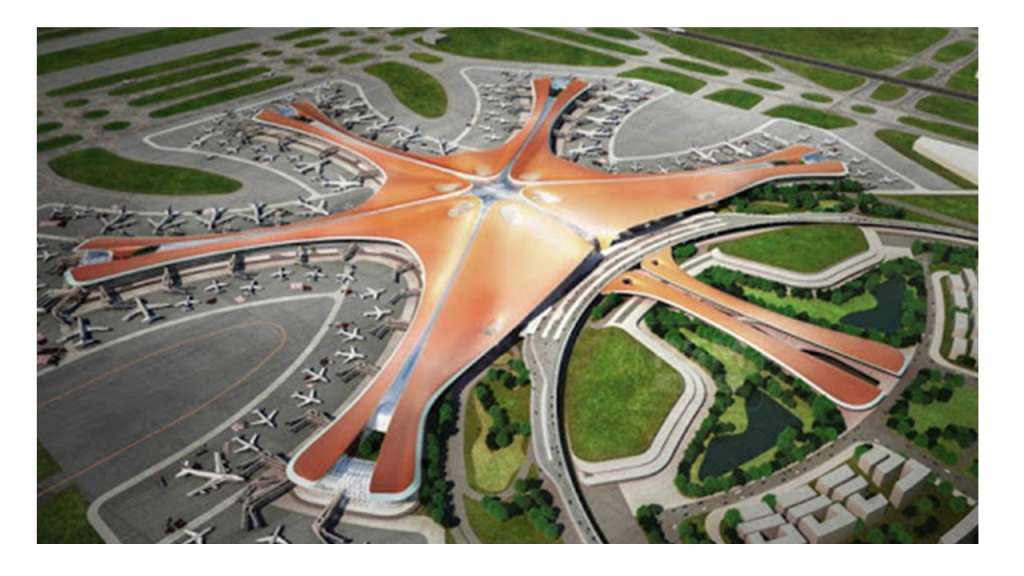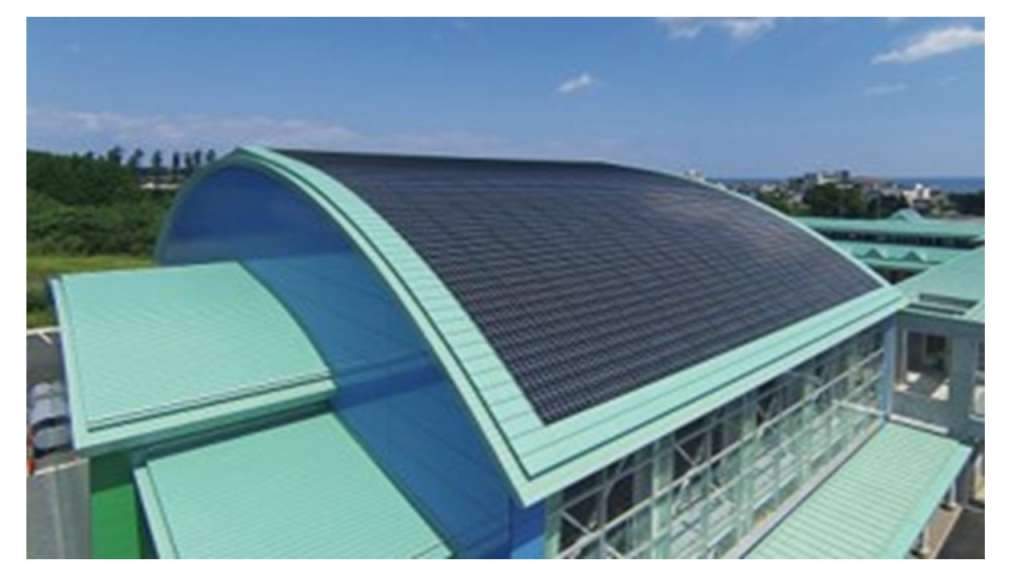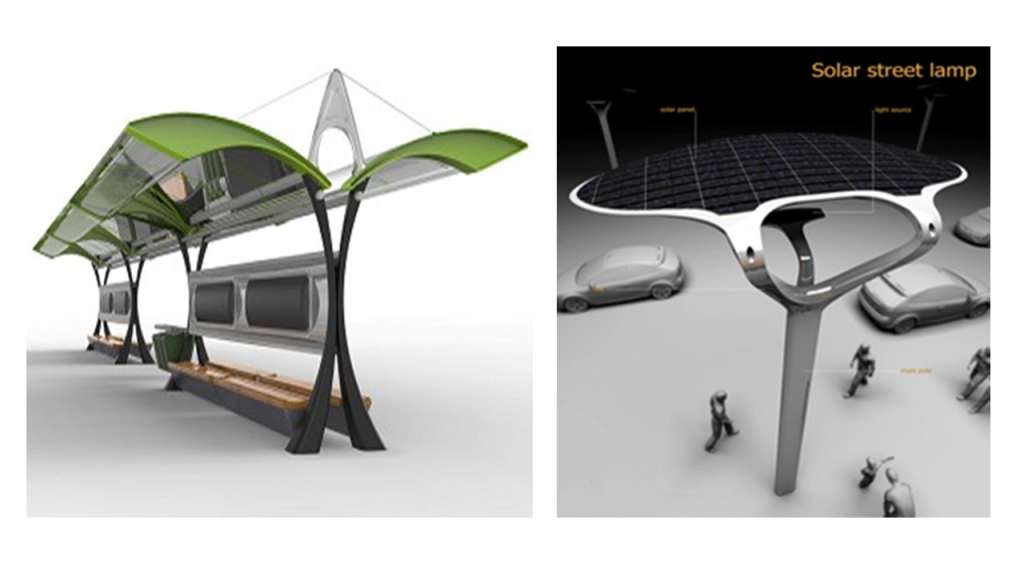BIPV


Figure 1 Flexible perovskite solar cells
With the continuous development of human economic level and the continuous improvement of engineering and construction technology, the appearance of human buildings is becoming more and more beautiful and complex, while the traditional flexible BIPV components are thicker, do not have strong enough deformation capacity, and the cost is too high, their application scope is greatly restricted, and they can no longer meet the requirements of modern and complex buildings. The flexible chalcogenide modules can fill this gap, and it has a very strong application prospect. In addition, flexible perovskite solar module because of its own light characteristics, low requirements for bearing, can greatly reduce the installation and construction costs, and in the face of typhoon and other severe weather can be folded protection and more advantages.

Figure 2: Beijing Daxing International Airport
The combination of solar cells and building is to make the solar energy utilization module become an organic part of the building. Integrating advanced solar technology products into the building is also an important way to create a low-carbon, energy-saving and environmentally friendly building. The combination of lightweight, efficient and low-cost flexible perovskite solar cells with modern buildings can not only maintain the original beauty of the building, but also bring a steady stream of clean energy to modern buildings, making them more environmentally friendly, lower carbon.

Figure 3 Flexible perovskite solar arc surface station
The application of flexible perovskite photovoltaic buildings is mainly applicable to not only all kinds of buildings (such as urban and rural building roofs, high energy-consuming enterprises, etc.), but also public facilities and structures. It can be widely applied to the railway platform roof, bus station roof and factory workshop roof, etc. As an additional part of the building structure, it can be closely combined with special building components such as roof modules, tiles, Windows, building curtain wall canopy, etc., and form a distributed photovoltaic power generation system, that is, to meet part of the electricity demand of power users.

Figure 4 Flexible Calcium Titanite Solar Cell Bus Stops and Street Lights
Related solutions
With the continuous development of human economic level and the continuous improvement of engineering and construction technology, the appearance of human buildings is becoming more and more beautiful and complex, while the traditional flexible BIPV components are thicker, do not have strong enough deformation capacity, and the cost is too high, their application scope is greatly restricted, and they can no longer meet the requirements of modern and complex buildings. The flexible chalcogenide modules can fill this gap, and it has a very strong application prospect. In addition, flexible perovskite solar module because of its own light characteristics, low requirements for bearing, can greatly reduce the installation and construction costs, and in the face of typhoon and other severe weather can be folded protection and more advantages.
Smart agriculture is to apply the Internet of Things technology to the traditional agriculture, and use sensors and software to control the agricultural production through the mobile platform or the computer platform, so as to make the agricultural production more "intelligent". Use full application of modern information technology, integrated application of computer and network technology, Internet of things technology, audio and video technology, 3S technology, wireless communication technology and expert wisdom and knowledge to realize agricultural visual remote diagnosis, remote control, disaster early warning and other intelligent management. This will bring about a fundamental change to the "present stage of traditional agriculture".
Ricoh of Japan will launch the world's first all-solid-state dye-sensitized solar cell in late February 2020. By changing the electrolyte from liquid to solid, it was successfully realized with improving durability. If entering a society where small sensors and "5G Internet of Things (IoT)" devices are popular, power sources such as sensors will become important. As a brother of dye-sensitized solar cells, perovskite solar cells have higher efficiency, and their application in the Internet of Things is highly expected.
Flexible solar modules are very different from the rigid, rectangular, glass packaging usually found on a roof. Instead, flexible solar cells come in a variety of shapes and sizes and are expected to be used in more cases than standard modules.







